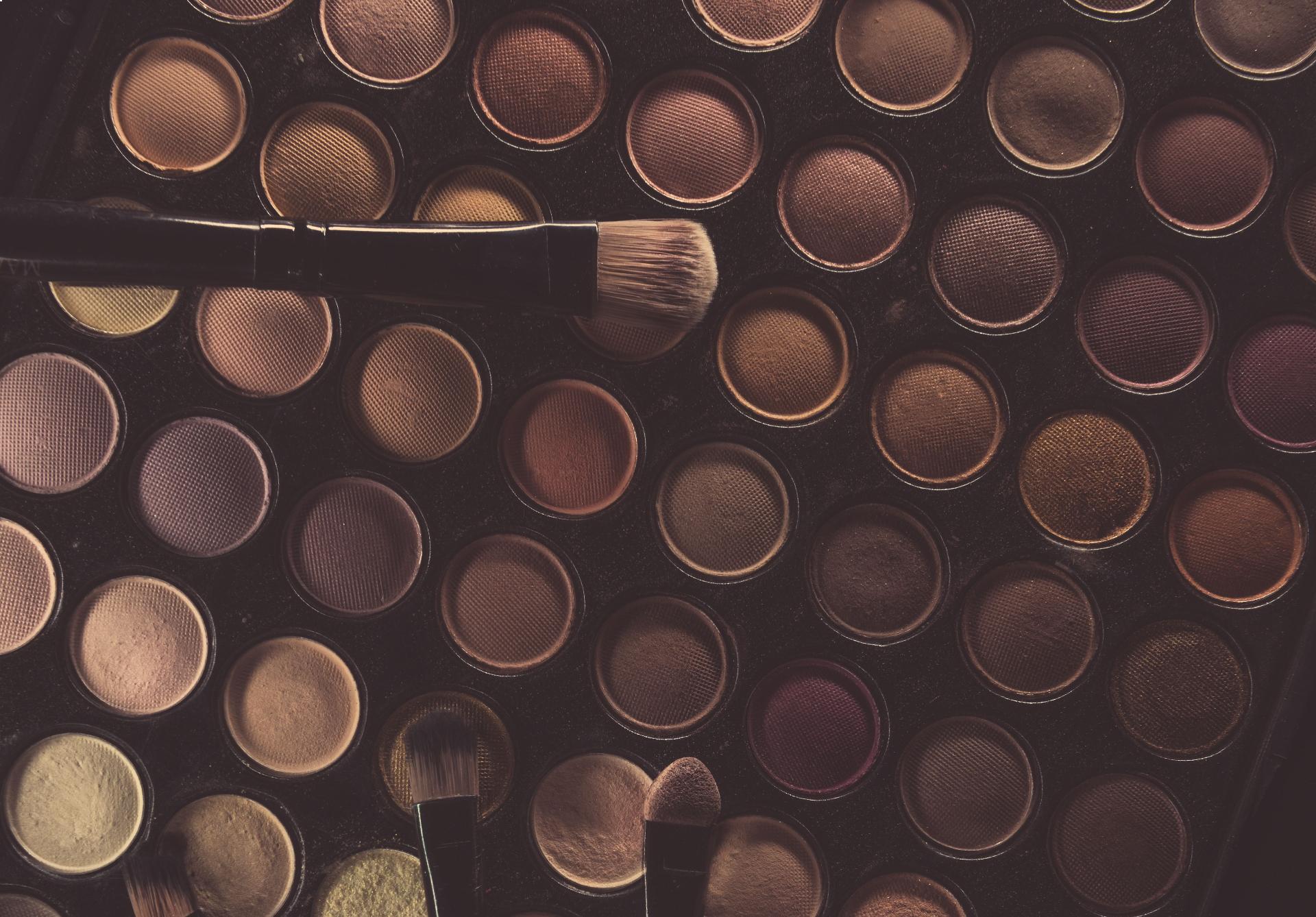
Like many industries, from hospitality and events to formalwear, the cosmetics industry suffered as a result of COVID-19-enforced lockdowns throughout 2020. With people staying at home during the pandemic, the need, desire and (in some cases) the expectation, to wear make-up or to shampoo every day vanished.
This drop in appetite was accompanied and exacerbated by the mandated closure of physical shops for much of 2020 – something that was particularly damaging to the cosmetics industry, which, according to figures from McKinsey, still made 85 per cent of its sales in-store prior to the pandemic.
That’s not to say that the industry was among the worst-affected by COVID-19. Unlike, say, many former UK high-street fashion retailers, most cosmetics brands had decent online offerings when COVID-19 hit, enabling e-commerce sales to contribute, despite the prevalence of in-store sales and the overall drop in consumer appetite during lockdown.
Meanwhile, some sub-sectors of the wider industry fared well, with the growing focus on self-care during lockdown meaning that areas such as skincare remained resilient. Others were also able to quickly pivot to producing hygiene products such as hand sanitiser, allowing them to tap into soaring demand.
Overall, though, the picture for the industry as a whole was one of managing as best as it could and hoping to wait out the crisis. In 2021, this approach seemed to pay off, as the sector’s sales figures improved dramatically and, concurrently, M&A activity resumed.
This year, the recovery looks set to continue, although that’s not to say that there aren’t headwinds that could continue to impact the industry during 2022. Here, we’ll examine the impact of the pandemic, the recovery, the sector’s prospects for the future and potential challenges that the sector could still face.
The initial impact
2021: The Recovery
What (and who) is driving this recovery?
What challenges does the market face?
This is a unique opportunity to acquire valuable intellectual property assets from a well-established wholesaler with many years of experience in the discount food and non-food sector in the Midlands.
This is an opportunity to acquire a long-established specialist bakery business, supplying major UK supermarkets and boasting a fully equipped production facility with a skilled workforce.
Discover the rare chance to acquire a specialist UK supplier of marine engines and generators, noted for their leadership in the used marine engine market and hard-to-find parts.
Business Sale Report is your complete solution to finding great acquisition opportunities.
Join today to receive:
All this and much more, including the latest M&A news and exclusive resources
Please choose your settings for this site below. For more information please read our Cookie Policy
These cookies are necessary for our website to function properly and provide you with access to all features.
These are analytics cookies that help us to improve the way our website works.
These are used to improve the functional performance of the website and make it easier for you to use.
